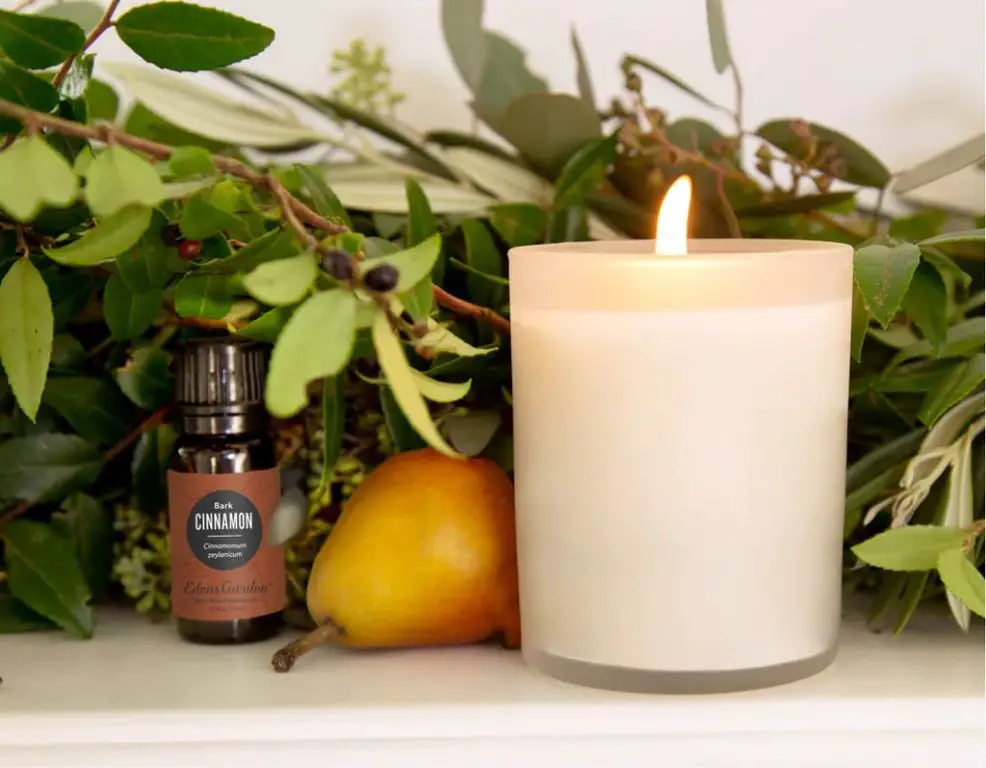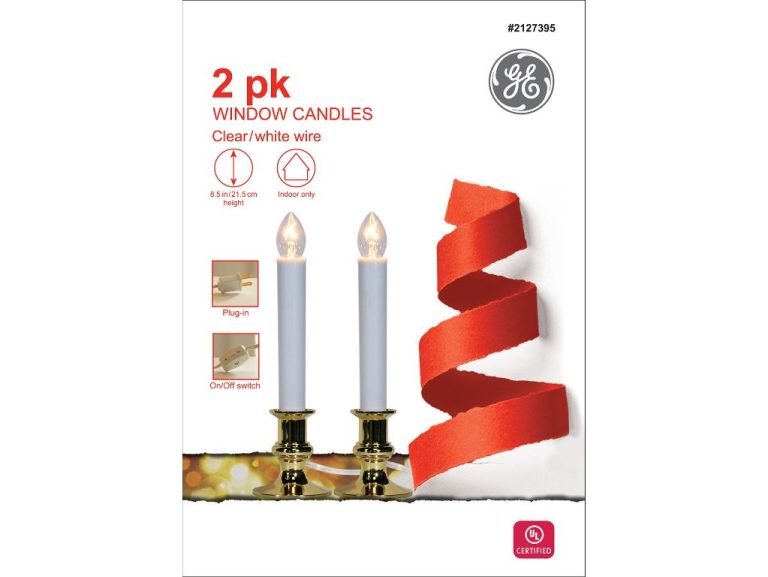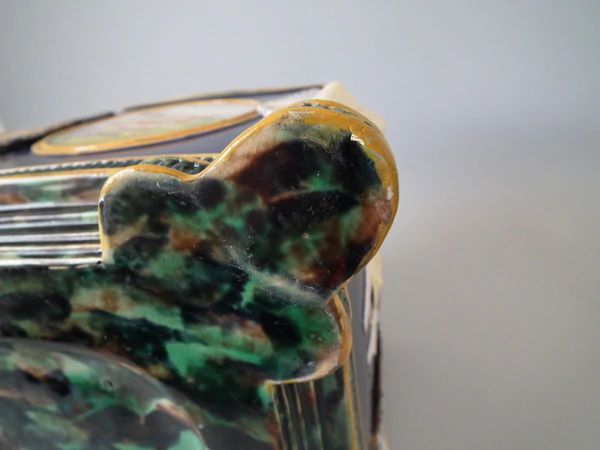Are Fragrance Oils Safe To Burn In Candles?
Fragrance oils are synthetic or natural compositions that are added to candles to give them a pleasant aroma. Unlike pure essential oils derived from plants, fragrance oils may contain a blend of natural ingredients and synthetic compounds designed to replicate certain scents or enhance the burning performance in candles.
Fragrance oils allow candle makers to create a wide variety of scents that would be difficult or impossible to achieve with essential oils alone. This makes them very popular for scented candle products. However, there are concerns around potential health impacts from emissions given that some fragrance oil components have not been thoroughly tested for safety when burned.
Chemical Composition
Fragrance oils are complex mixtures of many different chemical compounds. The main chemical constituents of fragrance oils include:
- Alcohols: Fragrance alcohols impart a fresh, light scent. Examples include linalool which has a floral scent, and menthol which has a minty aroma.
- Esters: Esters often have fruity and sweet notes. Common esters used in fragrances include benzyl acetate (pear drops) and isoamyl acetate (banana).
- Aldehydes: Aldehydes provide a wide variety of fragrances from clean and soapy to fruity smells. Some examples are citral (lemony) and cinnamaldehyde (spicy cinnamon).
- Ketones: Ketones have powerful, diffusive odors and are used in small amounts. Jasmine and camphor contain the ketones jasmone and camphor respectively.
- Lactones: Lactones have creamy and coconutty aromas. They are found in jasmine and peach scents.
- Terpenes: Terpenes are hydrocarbons that provide citrusy and woody notes. Limonene and pinene are common terpenes.
In addition to natural ingredients, synthetic aroma chemicals are also used extensively in fragrance oils to produce unique scents not found in nature. Understanding the chemical composition is important for evaluating potential health risks.
Potential Health Concerns

Some studies have raised concerns about potential negative health effects from fragrance oil chemicals. According to research from Sea Witch Botanicals, numerous studies have shown that fragrance oils can adversely impact human bodies as well as the environment (https://seawitchbotanicals.com/blogs/swb/are-fragrance-oils-safe-for-our-health). Fragrance oil chemicals such as toluene and benzene are volatile organic compounds (VOCs) that can be irritating when inhaled. As Fontana Candle Company reports, breathing toluene vapors, even in small amounts, may cause mild headaches, dizziness, drowsiness, or nausea (https://fontanacandlecompany.com/blogs/bee-well-blog/the-problem-with-fragrance-oils). More serious exposure may lead to irregular heartbeat, fainting, or death.
Synthetic fragrances may also be associated with allergic reactions and respiratory issues like asthma. A 2023 study found that fragrance chemicals can have negative impacts including headaches, asthma attacks, and contact dermatitis (https://www.ncbi.nlm.nih.gov/pmc/articles/PMC10051690/). People with sensitivities may be most at risk from fragrance oil exposure through candles.
Studies on Emissions
Research has shown that burning fragrance oils in candles can emit volatile organic compounds (VOCs) into the air. A 2016 study published in Air Quality, Atmosphere & Health found that burning scented candles for 1 hour emitted significant quantities of VOCs, including acetaldehyde, formaldehyde, acetone, and ethanol (Steinemann, 2016).
Another study by NOAA in 2018 examined emissions from scented candles specifically. They found high levels of VOCs like limonene and other chemicals were released when burning scented candles, contributing to indoor and outdoor air pollution (NOAA, 2018).
More recent research in the International Journal of Environmental Research and Public Health examined synthetic fragrances in household products. The authors noted that VOCs emitted from these products can negatively impact indoor air quality and human health (Rádis-Baptista et al., 2023).
Recommended Usage
Most fragrance oil manufacturers provide usage guidelines and safety precautions to follow when using their products in candles or other applications. According to Truly Personal, fragrance oil suppliers typically recommend usage rates between 5-10% by weight in container candles.
Higher usage rates may lead to issues like fragrance throw being too strong, scent not holding after curing, or even acceleration of the wax crystallization process. Using fragrance above the recommended level can also increase emissions from the candle when burned. Following the supplier’s usage guidelines helps ensure safety and ideal performance.
Some key usage recommendations from fragrance oil manufacturers include:1
- Do not exceed the recommended usage rate, typically 5-10% by weight.
- Test different usage rates to find the optimal percentage for scent throw and performance.
- Allow candles to cure 2-3 weeks after pouring to stabilize the fragrance.
- Perform burn tests on finished candles before selling to ensure proper performance.
Adhering to the manufacturer’s guidelines provides a starting point to safely incorporate fragrance oils into candles.
Ventilation
Proper ventilation is very important when burning candles to minimize the risk of indoor air pollution and other potential hazards. According to the National Candle Association, candles should be burned in a well-ventilated room, avoiding drafts, vents, fans, or air currents. Airflow around a candle can cause rapid, uneven burning which creates more soot and smoke (Candles.org).
Soot buildup is a major concern with poor ventilation. According to Conditioned Air Solutions, “The soot emitted from a candle contains various chemicals and compounds like acetone, benzene, formaldehyde, and more – not something you’d want to willingly inhale” (ConditionedAirSolutions.com). Allowing proper airflow will carry these pollutants outside rather than letting them circulate indoors.
Ventilation also helps prevent oxygen depletion. As candles burn, they consume oxygen in the surrounding air. Without an airflow to replenish oxygen levels, the risk of carbon monoxide poisoning rises. Proper ventilation brings in fresh air and removes combustion byproducts. By burning candles in well-ventilated rooms, the risks of indoor pollution and oxygen depletion remain low.
Alternatives to Fragrance Oils
For those concerned about potential health issues from burning fragrance oils in candles, there are some natural alternatives using essential oils. According to Can I use Essential Oils in Soy Candles-Is it Safe?, essential oils derived from plants are a more natural option compared to synthetic fragrance oils. When used properly in low concentrations, natural essential oils can provide pleasant scents in candles without toxic emissions. However, as noted by Are Your Candles Toxic?, essential oils can still pose risks if used improperly or in high concentrations, so following usage guidelines is important.
Some popular essential oils used in candle making include lavender, peppermint, lemon, and tea tree. When sourcing essential oils, look for pure, high-quality oils from reputable suppliers. Only use essential oils recommended for candles, and follow usage instructions carefully. With the right essential oils and concentrations, natural soy or beeswax candles can provide an alternative to fragrance oil candles.
Reading Labels
When selecting fragrance oils, it’s important to read the label to identify quality ingredients. According to Fragrance Lovers, you should look for key details like perfume notes, concentration percentage, and country of origin.
High quality fragrance oils will list individual notes like rose, vanilla, cedar etc. Generic terms like “fragrance” indicate cheaper synthetic ingredients. The oil’s concentration percentage indicates longevity – generally 15-20% is ideal. And reputable countries of origin like France, Italy, and USA signal higher standards.
Additionally, Olentium recommends scrutinizing the ingredient list for natural oils vs. synthetic chemicals. Oils like essential oils, carrier oils, and absolutes indicate higher quality. Too many synthetic fixatives and alcohol may indicate lower grade products.
Taking the time to analyze fragrance oil labels can help identify those worth investing in for candlemaking and other uses.
Storing Candles
Proper storage of candles is important to avoid potential issues like wax melting and wick damage. According to Candle Storage Ideas: How to Store & Protect Your Candles, candles should be stored in a cool, dry place away from direct sunlight and heat sources. Excessive heat can cause candles to melt or become misshapen. Storing candles in an enclosed space like a closet or drawer can help protect them from temperature fluctuations.
Candles should also be kept dust-free during storage, as dust can clog wicks and lead to improper burning. Placing candles in lidded boxes or using plastic wrap to cover them can prevent dust buildup. Additionally, candles should be stored upright if possible to avoid warping or bending of the wick. Laying candles on their side during storage can cause the wick to become off-center and impact the candle’s burn quality. With proper storage, candles can maintain their shape, achieve optimal burns, and avoid safety issues like tunneling.
Conclusion
When used properly and safely, fragrance oils can enhance the scent and experience of burning candles. However, research suggests that some fragrance chemicals may pose health risks if inhaled at high concentrations or for prolonged periods. The best practice is to buy high-quality candles with subtle scents, burn them only for 1-2 hours at a time, ensure proper ventilation, and take breaks between lighting. Consider switching to natural soy or beeswax candles, essential oil blends, or unscented candles periodically. Burning any candle releases some emissions, so moderation is key. Be sure to read labels and store candles properly to preserve scent. With some basic safety precautions, you can safely enjoy the ambiance of scented candles in your home.




